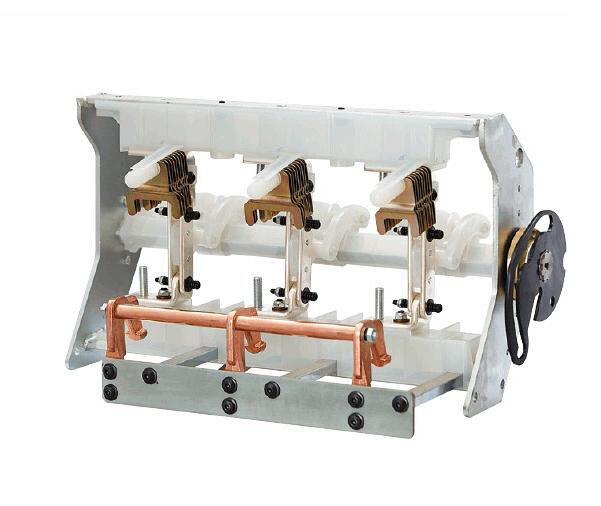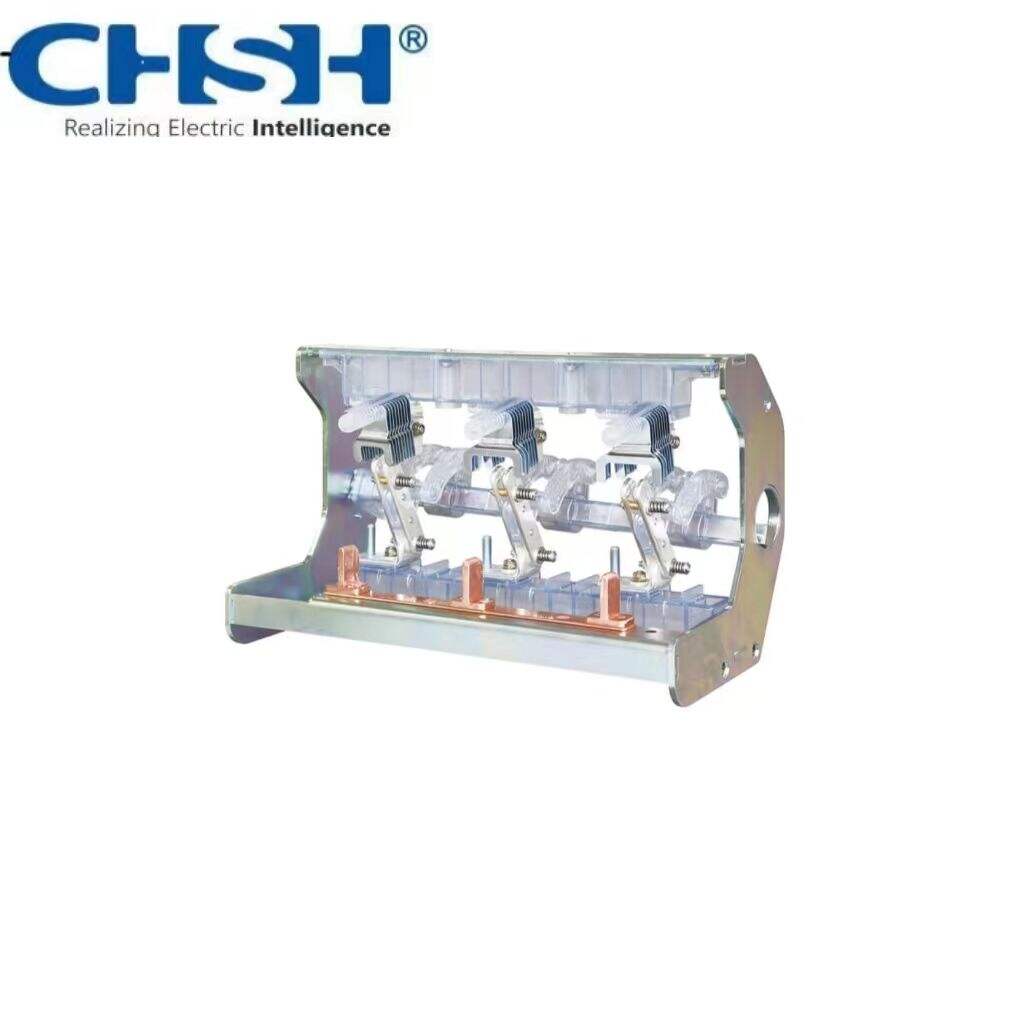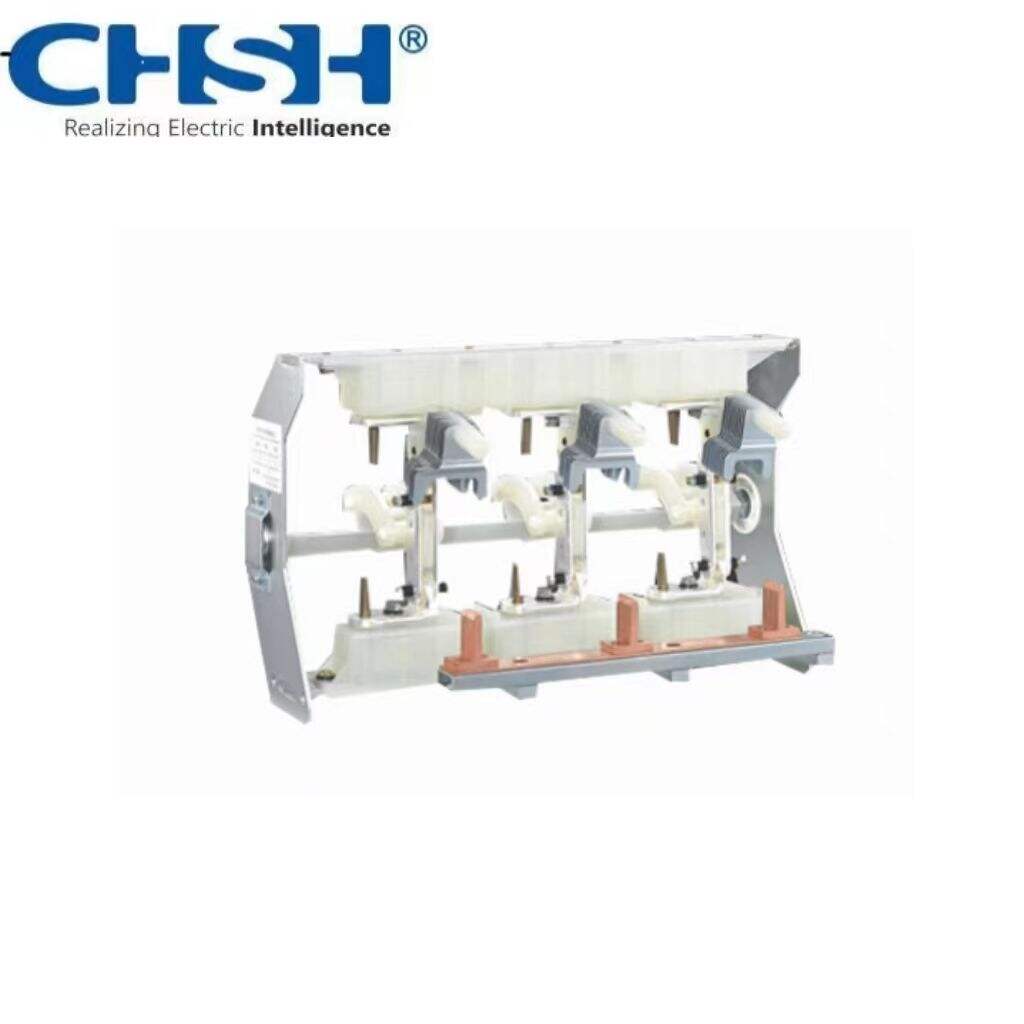off circuit tap changer
The off circuit tap changer (OCTC) is a critical component in power transformers designed to adjust voltage ratios while the transformer is de-energized. This essential device operates by physically altering the number of turns in either the primary or secondary winding of a transformer, allowing for precise voltage regulation and system optimization. The OCTC consists of several key components including the tap selector switch, operating mechanism, position indicator, and drive shaft assembly. Its primary function is to maintain optimal voltage levels in power distribution networks by compensating for voltage variations that occur due to load changes or system requirements. The technology behind OCTCs has evolved significantly, incorporating robust mechanical designs and reliable switching mechanisms that ensure long-term operational stability. These devices are particularly valuable in industrial settings, power distribution networks, and utility-scale installations where voltage adjustment requirements are less frequent but crucial for system efficiency. OCTCs are engineered to withstand high voltage stress and mechanical wear, typically featuring multiple tap positions that can accommodate various voltage adjustment needs. The construction emphasizes durability and reliability, with many units designed to operate effectively for decades with minimal maintenance requirements. In modern power systems, OCTCs play a vital role in maintaining power quality and system stability, particularly in regions where voltage variations need to be managed effectively.


